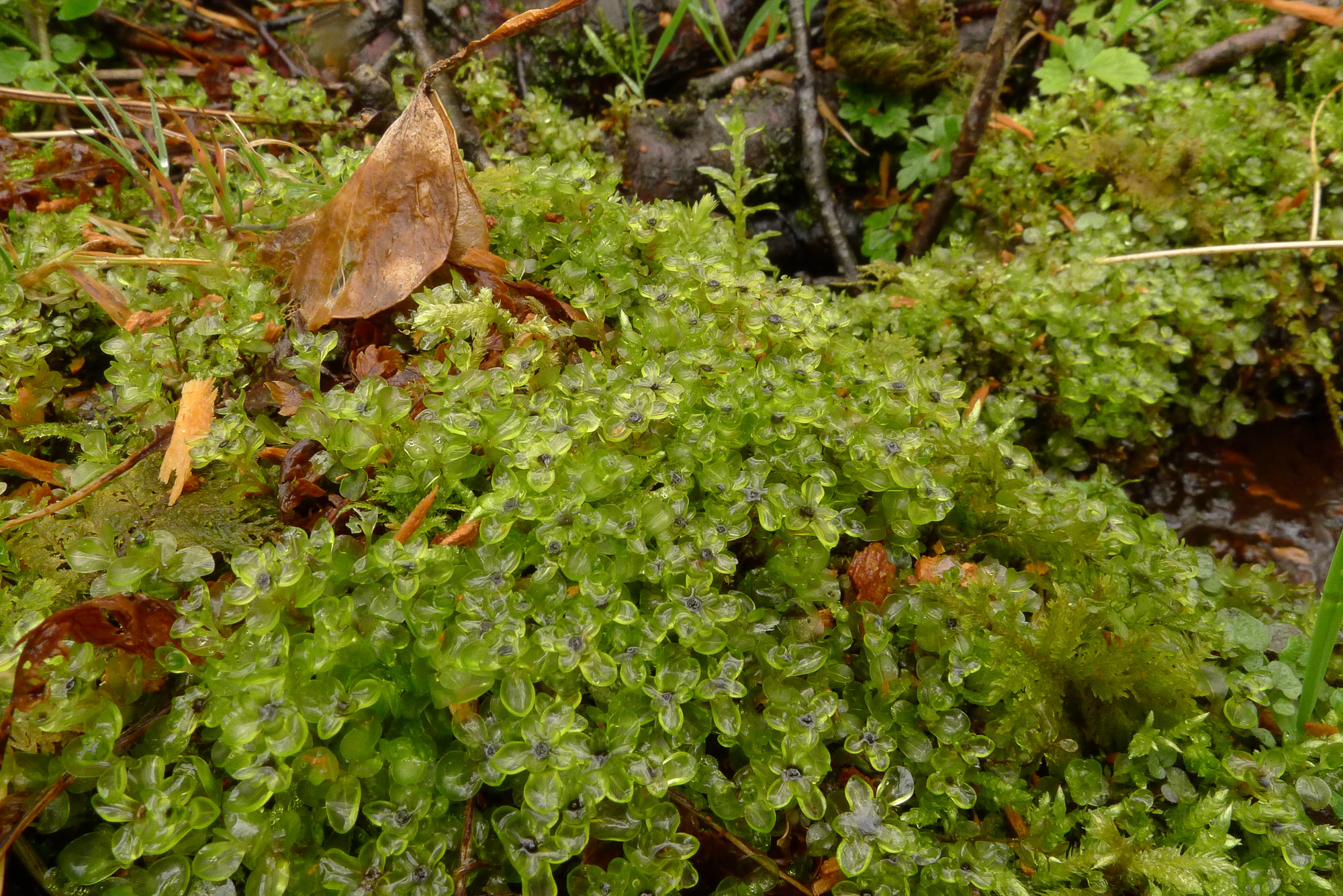
image from: https://www.britishbryologicalsociety.org.uk/learning/species-finder/rhizomnium-punctatum/
Exploring the Fascinating World of Rhizomnium Moss
Introduction
When it comes to the incredible diversity of life on Earth, we often overlook some of the smallest yet most remarkable organisms – like mosses! Today, we’re diving into the captivating realm of Rhizomnium punctatum subsp. chlorophyllosum (Kindb.) T.J.Kop., a type of moss in the Mniaceae family, commonly known as Rhizomnium. Get ready to be amazed by this tiny but mighty plant!
Background on Mosses
Before we get into the specifics of Rhizomnium, let’s cover some moss basics. Mosses are non-vascular plants in the division Bryophyta. Unlike other land plants, they lack true roots, stems, and leaves. Instead, they have rhizoids that anchor them and absorb water and nutrients. Mosses are found worldwide in a variety of habitats, from arctic tundra to tropical rainforests. There are over 12,000 species of moss!
Rhizomnium punctatum subsp. chlorophyllosum
Now let’s meet our star, Rhizomnium punctatum subsp. chlorophyllosum. This subspecies of the Rhizomnium punctatum moss was first described by Kindberg in 1883. It’s classified in the order Bryopsida

image from: https://www.flickr.com/photos/silybum/49819847323
. The name punctatum refers to the dotted appearance of the leaves.
Morphology and Identification
Rhizomnium mosses form loose mats or tufts. The individual plants can grow up to 10 cm tall. They have simple, ovate to oblong leaves with a strong midrib that ends before the apex. The leaves are bordered by longer cells and have distinctly toothed margins.
Rhizomnium punctatum subsp. chlorophyllosum differs from the main species by having leaves that are more chlorophyll-rich and vivid green in color. The leaf cells are also less collenchymatous. Distinguishing between the subspecies usually requires microscopic examination.
Global Distribution and Habitat
Rhizomnium punctatum subsp. chlorophyllosum has a wide distribution across North America, Europe, and Asia. It grows in damp, shaded environments like moist woodlands, stream banks, and wet rock faces. The moss prefers neutral to acidic substrates.
In North America, it’s found across Canada and the northern United States. Some of the best places to spot it include:

image from: https://www.britishbryologicalsociety.org.uk/learning/species-finder/rhizomnium-punctatum/
- The temperate rainforests of the Pacific Northwest
- The mixed deciduous-coniferous forests of the Northeast and Great Lakes region
- Riparian zones in the Rocky Mountains
Ecological Roles and Adaptations
Like other mosses, Rhizomnium plays important roles in its ecosystem:
- Erosion control – The dense mats help stabilize soil and prevent erosion.
- Water retention – Moss can absorb up to 20 times its dry weight in water, acting like a sponge.
- Habitat for micro-organisms – Tiny invertebrates and other organisms live among the moss fronds.
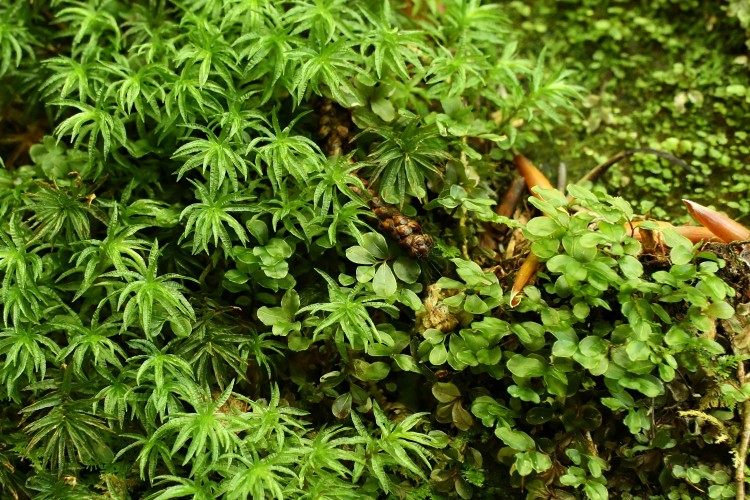
image from: https://ohiomosslichen.org/moss-rhizomnium-punctatum/
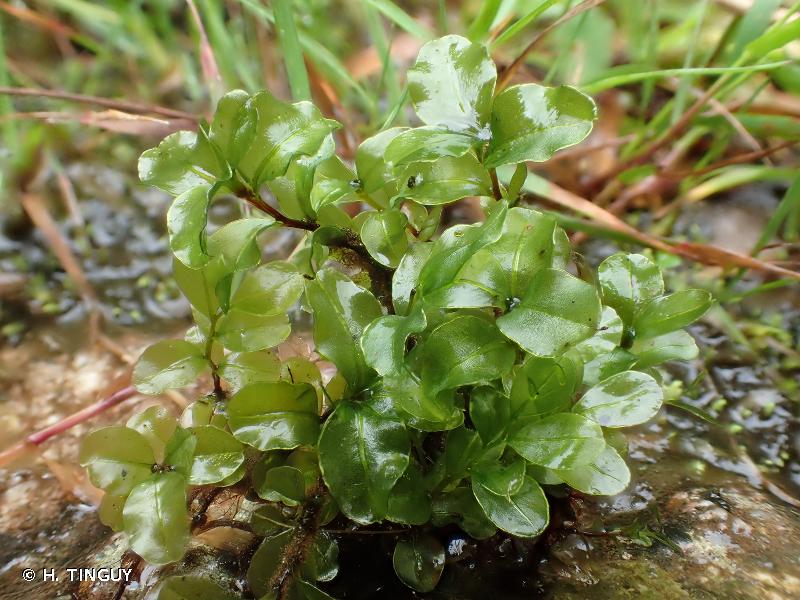
image from: https://inpn.mnhn.fr/espece/cd_nom/4952/tab/archeo
- Carbon cycling – While small, mosses contribute to the global carbon cycle through photosynthesis and decomposition.
Rhizomnium has several adaptations that allow it to thrive:
- Poikilohydry – Mosses can survive desiccation by suspending metabolic activity when dry and rehydrating when wet again.
- Rhizoids – These root-like structures help anchor the moss and absorb water and minerals from their substrate.
- Leaf structure – The leaves of Rhizomnium are only one cell layer thick, allowing efficient gas exchange and moisture retention.
Examples in Research
Rhizomnium mosses, including R. punctatum subsp. chlorophyllosum, have been the subject of various ecological and physiological studies. For example:
A 2015 study examined the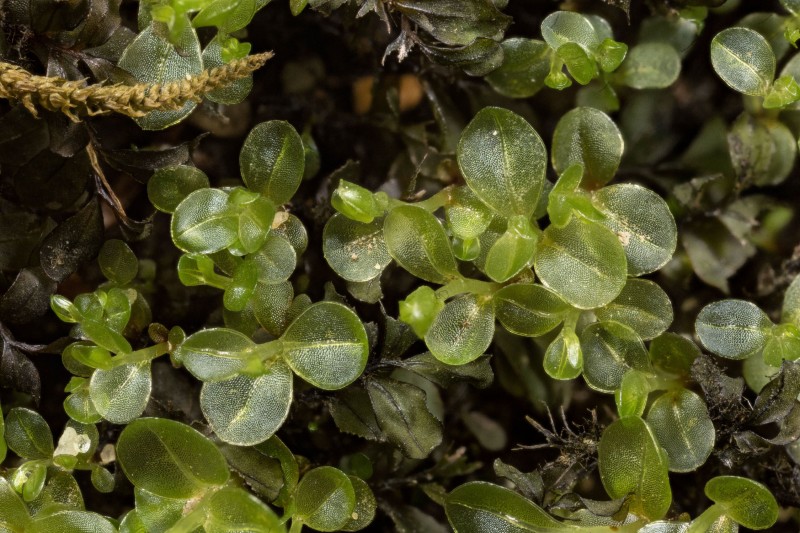
image from: https://ohiomosslichen.org/moss-rhizomnium-punctatum/
nitrogen and carbon content in Rhizomnium punctatum growing on different substrates in the Czech Republic. They found the moss accumulated more nitrogen when growing on rotten wood compared to soil.
Another study looked at the effects of acid rain on Rhizomnium punctatum. The results showed that the moss exhibited reduced growth after exposure to simulated acid rain, demonstrating its sensitivity to anthropogenic pollution.
Moss Morphology Comparison
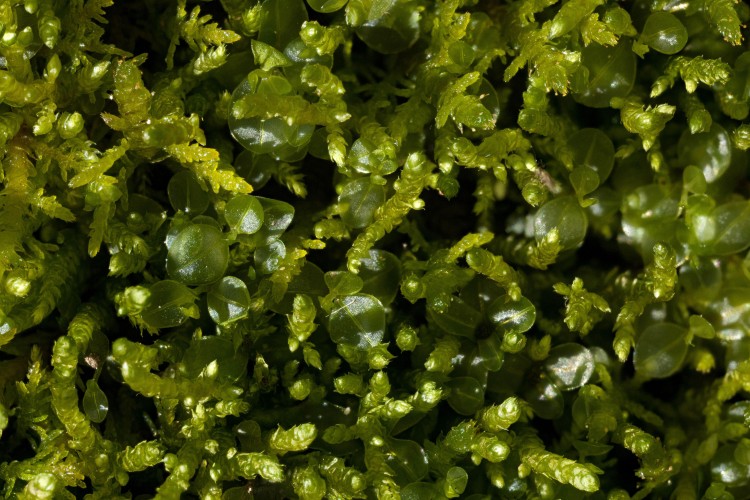
image from: https://ohiomosslichen.org/moss-rhizomnium-punctatum/

image from: https://www.flickr.com/photos/83637132@N02/43380315815/

image from: https://www.nahuby.sk/obrazok_detail.php?obrazok_id=155072
| Characteristic | Rhizomnium punctatum | R. punctatum subsp. chlorophyllosum |
|---|---|---|
| Plant height | Up to 10 cm | Up to 10 cm |
| Leaf shape | Ovate to oblong | Ovate to oblong |
| Leaf margin | Toothed | Toothed |
| Leaf color | Green | Vivid green |
| Leaf cells | Collenchymatous | Less collenchymatous |
Conclusion
From its vibrant green leaves to its fascinating adaptations,
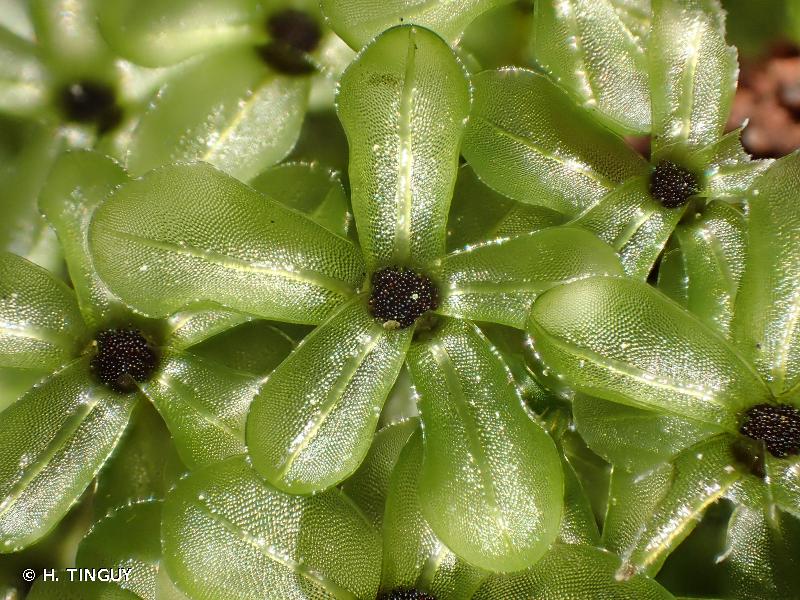
image from: https://inpn.mnhn.fr/espece/cd_nom/4952
Rhizomnium punctatum subsp. chlorophyllosum is a prime example of the incredible world of mosses. These unassuming plants play vital roles in ecosystems worldwide.
The next time you’re out in nature, take a closer look at the mossy patches around you. Can you spot any Rhizomnium? What other moss species can you identify?
By understanding and appreciating these small wonders, we gain a deeper respect for the complexity of life on our planet. Here’s to the mighty moss!